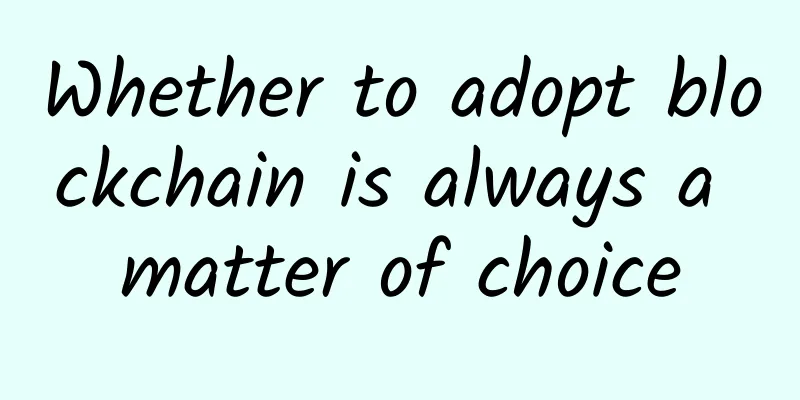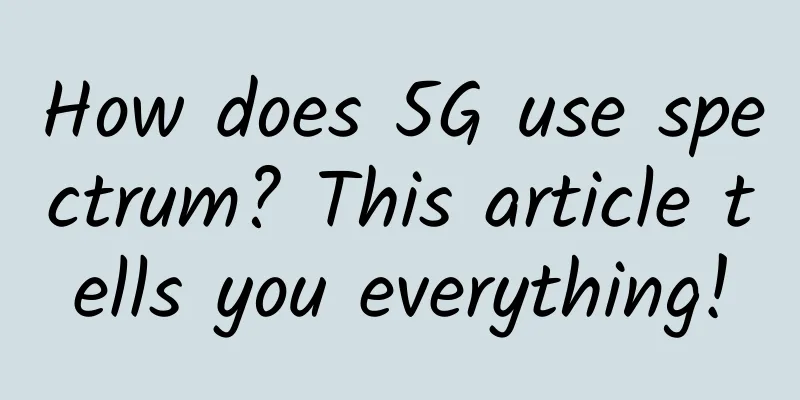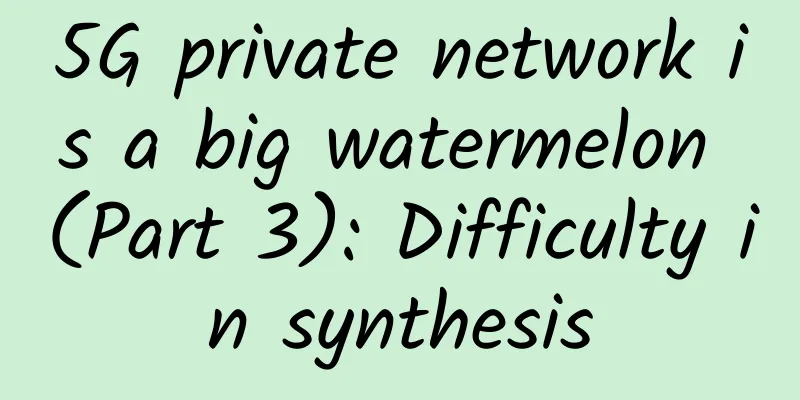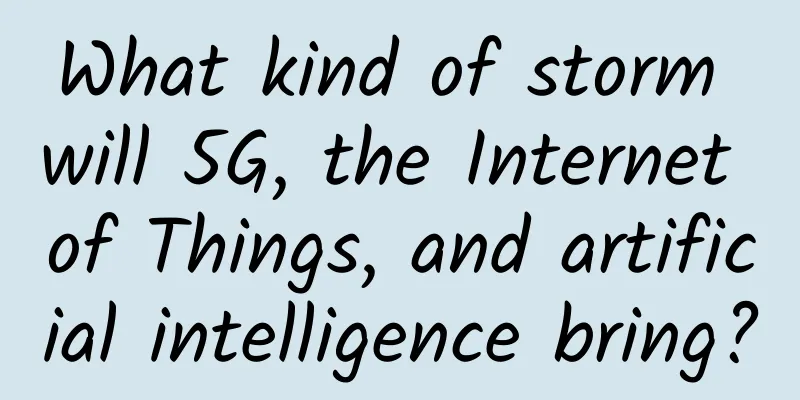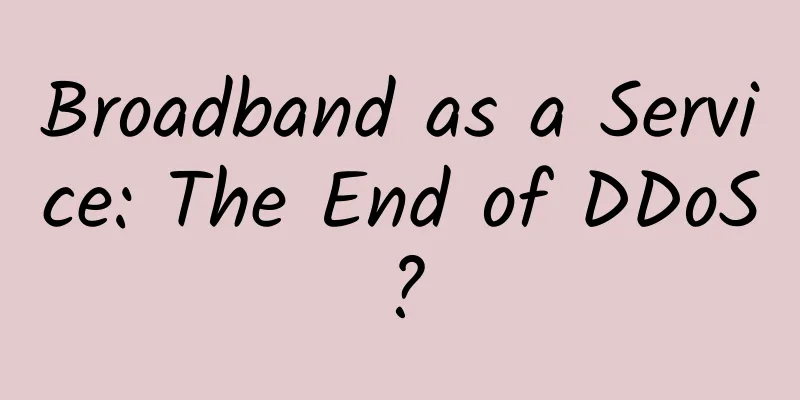What are the characteristics and uses of Category 7 (Cat7) cables?
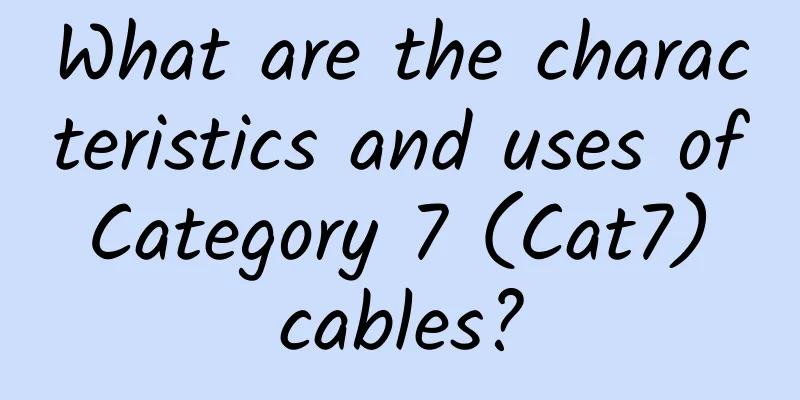
|
Today, demand for faster Internet and data transmission speeds continues to increase across commercial and industrial sectors. Cat7 cables are designed to support higher frequency signals than Cat5e and Cat6 cables. Category 7 cable ( Cat 7 ) is a shielded twisted pair cable used for high-speed Ethernet-based computer networks of 1 Gbps or higher between directly connected servers, switches, and computer networks. It is defined and specified by the ISO/IEC 11801:2002 Class F specification. Cat7 cable Ethernet cable types and speeds are backward compatible with Cat 6, Cat 5/e cabling standards and Cat5/e equipment. What is CAT 7 cable used for?Cat7 cable is a high-end patch cable used to provide the core infrastructure of a wired Gigabit Ethernet setup. Some common examples include: Ethernet cableCat7 Ethernet cables ( LAN cables ) are used to connect modems, hubs, and individual computers on networks of all shapes and sizes. Commercial and Industrial ApplicationsCat7 cables can withstand a variety of hazards including extreme temperatures, UV/moisture exposure, and direct contact with different chemicals and oils. Home ApplicationsIn addition to enthusiast-grade gaming setups, Cat7 cables are becoming increasingly popular among home users in a variety of Cat7 LAN cable networking and connection setups. Characteristics and specifications of Cat7 cablesISO/IEC 11801:2002 specifies the Category 7 Ethernet cable specification. Because Category 7 cable is sometimes referred to as ISO Category F cable, the Category 7 cable specification is also referred to as the Category F standard. 1. Category 7 cable transmission rateCat7 cable is designed to support 10 Gbps Ethernet, but lab tests have shown that it can transmit up to 40 Gbps at 50 meters and even 100 Gbps at 15 meters. Compared to previous versions, in terms of raw performance, it is theoretically six times that of Cat5e (100 MHz) and 2.4 times that of Cat6 (250 MHz). What are the characteristics and uses of Category 7 (Cat7) cables? Classification Specifications 2. Category 7 network cable specificationsIn 2002, the Cat7 cabling standard was approved, allowing 10 Gigabit Ethernet Cat7 cables to be used over copper cabling. Cat7 maximum length is the same as Cat5e, Cat6, and Cat6A, with a maximum distance of 328 feet (100 meters). Category 7 cable has four pairs of shielded twisted copper wires and an overall cable shield. This helps it meet stringent standards for signal loss over distance and ensures that Cat7 cable is better protected against crosstalk and electromagnetic interference (EMI) that can cause performance degradation. What are the characteristics and uses of Category 7 (Cat7) cables? Category 7 network cables What types of Cat7 cables are there?Here are the different types of Category 7 Ethernet cables: 1. Cat7a cableCat7a is short for “Category 7 Enhanced.” Frequencies up to 1000 MHz are defined in ISO 11801, Edition 2, Amendment 2 (2010). Cat7a Ethernet cables are usually slightly thicker because of the extra shielding intended to boost speeds to 1000 MHz. 2. RJ45 Cat7 cableMost Cat 7 Ethernet cables are terminated with RJ45 connectors on both ends for plug and play use. This is the plug you need for the cable sockets on any standard home router or LAN cable switch, and is the standard in almost all Ethernet connection setups. 3. Cat7(a) UTP cableCat7(a) UTP cable refers to an unshielded twisted pair design. The four twisted pairs of copper wires that make up a Cat7 Ethernet cable are surrounded only by their own inner sheath and, in this configuration, the outer cable's sheath. 4. Cat7(a) F/UTP cableSimilar to the UTP design discussed above, F/UTP cable (foil/unshielded twisted pair) does not have an additional shield around the twisted pairs themselves. Still, a single foil shield underneath the cable's outer jacket holds the four pairs together. 5. Cat7(a) STP and FTP Cat7 cablesThese acronyms stand for Shielded Twisted Pair and Foil Twisted Pair, respectively. STP and FTP mean that the cable has an extra wrap around each twisted pair made of a protective foil shield. What are the characteristics and uses of Category 7 (Cat7) cables? Cat7 F/STP Transmission Specifications 6. SFTP Cat7 Cable and SSTP Cat7 CableSFTP (Shielded Foiled Twisted Pair) or SSTP (Shielded Spliced Pair). Cat7(a) SFTP or SSTP means the twisted pair cable has a foil screen/shield between the outer cable jacket and the inner wires, and is wrapped around each twisted pair individually. SSTP Cat7 Cable What is the difference between Cat6 and Cat7 cables?The physical makeup of Category 7 cables is similar to their predecessor, Category 6 cables. Both versions use the same twisted-jacket, four-pair cable design capable of transmitting 10 Gbps Ethernet signals over distances of up to 100 m. What are the characteristics and uses of Category 7 (Cat7) cables? Cat7 has adopted double shielding to meet the stricter specifications. They can better shield EMI and crosstalk. The main difference between Cat6 and Cat7 is speed and frequency. As you may know, Cat7 or Cat7a has a maximum speed of 10000 Mbit/s and Cat6 cable has a maximum speed of 1000 Mbit/s. Additionally, Cat 7 has a higher frequency than Cat 6. Therefore, a CAT 7 shielded Ethernet cable will be able to transmit data faster than a Cat 6 cable. The performance and life standards of Cat 7 shielded cables are also more stringent. However, as with many other such products, the key is to choose the best product for your job at the most cost-effective price to meet those requirements, depending on the conditions required.Cat 7 is primarily used in data centers. Cat5 v Cat6 v Cat7 Specifications FAQ1. Is Cat7 faster than Cat6?The main difference between Cat6 and Cat7 is the increased bandwidth and improved shielding. Cat7 has a maximum speed of 10000 Mbit/s, while Cat6 cables have a maximum speed of 1000 Mbit/s. In addition, Cat7 has a higher frequency than Cat6. Therefore, Cat7 cables can transmit data faster than Cat6 cables. Let's say you need to increase your internet speed or connect additional devices. In this case, Cat7 standard cables are the best choice, while Cat6 cables provide enough speed to run most connected applications and devices in your home or office. What are the characteristics and uses of Category 7 (Cat7) cables? 2. What does the A in Cat7a stand for?The "A" in Cat7 stands for Enhanced, which includes shielding for each twisted pair as well as an overall shield (S/FTP). Cat7a, or Enhanced Category F, is the latest recognized standard network cable defined by IEC/ISO in 2010. The additional jacket enables higher bandwidth up to 1000 MHz. Each pair of wires is foil shielded to prevent electromagnetic interference (EMI), which is critical in electrically noisy environments such as data centers. An overall braided shield wrapped around all four pairs provides additional EMI protection. When terminated, Category 7A cables include a drain wire to ground the power. 3. For Category 7 cables, what do UTP, SFTP, FTP, STP, and SSTP mean?These prefixes refer to the various wire shielding configurations used within the cable body: Category 7(a) UTP Cable: Unshielded twisted pair design provides adequate EMI and signal attenuation protection to meet the baseline requirements of this standard. Cat7(a) F/UTP Cable: Foil/unshielded twisted pair cable provides more protection against signal loss than the UTP version. STP Cat7 Cable and FTP Cat7 Cable: Shielded twisted pair or foil twisted pair cables are closer to maximum security. SFTP Cat7 Cable and SSTP Cat7 Cable: Shielded Foil Twisted Pair or Double Shielded Twisted Pair provides the most comprehensive additional signal protection. 4. Can Category 7 network cables be used at home?Yes, many people were early adopters of Ethernet connections in home hubs and naturally seek out the latest versions when replacing or upgrading older cables. For example, those planning to wire a smart home today may prefer Cat7 and Cat7a because home hardware and connection speeds are expected to continue to accelerate in the coming years. Cat7 and Cat7a versions are significantly thicker, stiffer, and heavier than their Cat5 predecessors, which may limit your ability to run cables neatly in areas where space is limited or very precise bends are required. 5. Is unshielded Cat7 cable better than shielded Cat7 cable?Cat7 UTP cable unshielded twisted pair cable consists of four twisted pairs of copper wires that are surrounded only by its own inner sheath and the outer sheath of the Cat7 Ethernet cable . UTP Cat7 cable is usually the most cost-effective version of Cat7 and Cat7a Ethernet cables with adequate EMI and signal attenuation protection. Cat7 STP cable and FTP cable. Shielded twisted pair and foil twisted pair have a protective foil wrapped inside each twisted pair. Again, this is closer to optimal protection than previous versions. Unshielded vs Shielded Cat7 Cable 6. Are there Category 8 cables?Category 8 or Cat8 cable is a type of Ethernet cable that is different from other cables. It operates at frequencies up to 2 GHz (2000 MHz). This is the main difference between Cat7 and Cat8 . Cat 8 Ethernet cable is limited to 30 meters per 2 connector channel. Also, it requires shielded cabling. Comparison of Cat 8 Cables to Previous Models The most important consideration is that it can carry speeds up to 35 or 40 Gbps. Overall, its physical appearance is similar to that of a lower-level cable and can be terminated with either RJ45 or non-RJ45 connections. It is backwards compatible with all previous versions. It is compatible with previous versions of standard connectors, such as Cat-7 . Comparison of Cat 8 Cables to Previous Models |
<<: What is the difference between RJ45 port and RJ11 port? Learn more in one article!
>>: Five-minute technical talk | The underlying origin of scene broadband
Recommend
[11.11]80VPS: 50% off all VPS, special VPS annual payment starting from 199 yuan, multiple data centers in Hong Kong/US/Japan/Korea, etc.
80VPS also launched a promotion during the Double...
Industrial IoT and manufacturing will become one of the largest 5G markets
Private 5G networks are attractive to the largest...
Huawei Global Analyst Conference 2017: Using cloud as the engine to promote global digital transformation
[51CTO.com original article] Although the 2017 Hu...
"You may need to change your SIM card to use 5G" is a hot topic due to concerns about user experience
One person’s opinion Users hope that operators ca...
RAKsmart bare metal cloud/cloud server 30% off, physical server flash sale starting from $30/month, cluster server/high bandwidth server special price
This month, RAKsmart's new bare metal cloud p...
Python Programming: How Much Do You Know About Core Protocols: Function Protocol Numbers and Context Management Protocols
Preface In the previous few articles, several cor...
How to truly experience 1G internet speed in the 5G era? WiFi has become an important help!
According to statistics, 20% of the sites in hots...
What exactly is RedCap?
With the freezing of 3GPP R17, a new term has gra...
The operational direction of data centers in the "Internet +" era
In the era of "Internet +", the rapid d...
The latest report of "5G Snapshot: China": Understand China's 5G development layout in one article
[[328614]] The global economy has been put on hol...
Big data changes both ends of the web hosting market
Big data has transformed both ends of the web hos...
5G is so good, but how many people can afford the data charges?
In the past 2019, with the issuance of 5G commerc...
Megalayer: 618 promotion: 50% off all VPS, 20% off dedicated servers, and $10 bonus for new user registration
Megalayer is a foreign hosting company establishe...
Frequency bands and signals: A brief discussion on LTE's MIMO multi-antenna technology
We have seen it in the parameter configurations o...
The role of edge computing and 5G in healthcare
Technology has changed the way we conduct diagnos...
